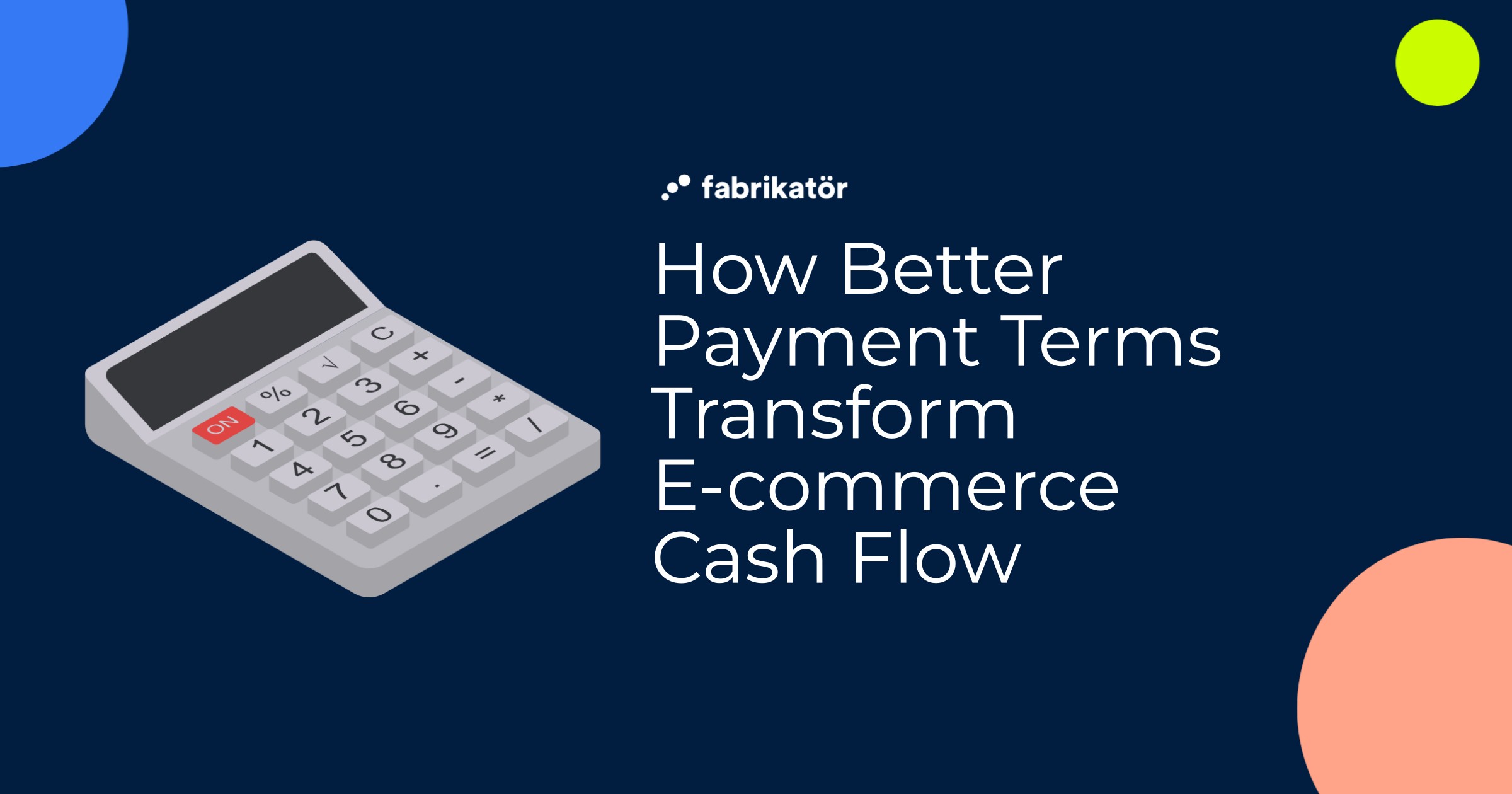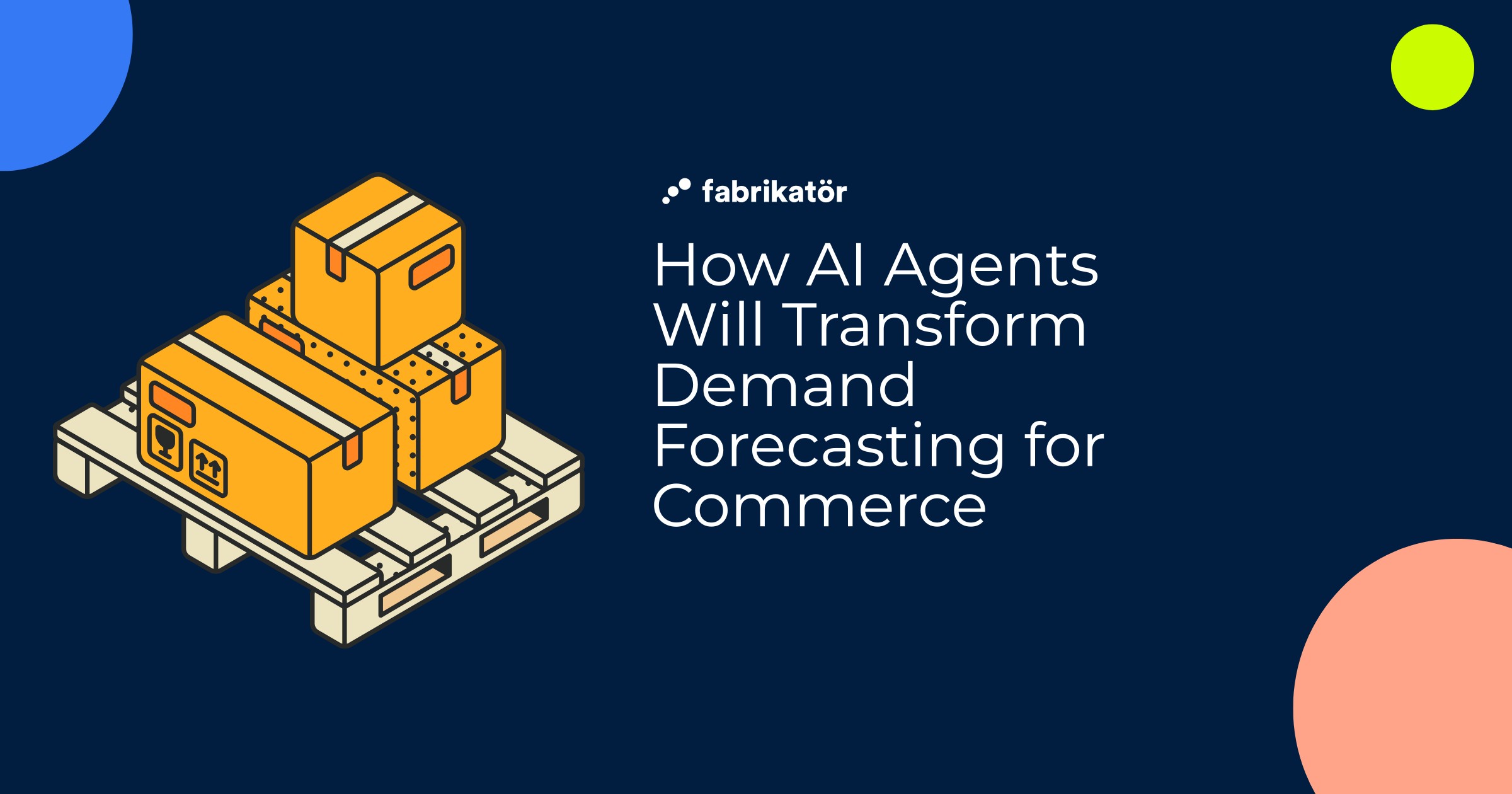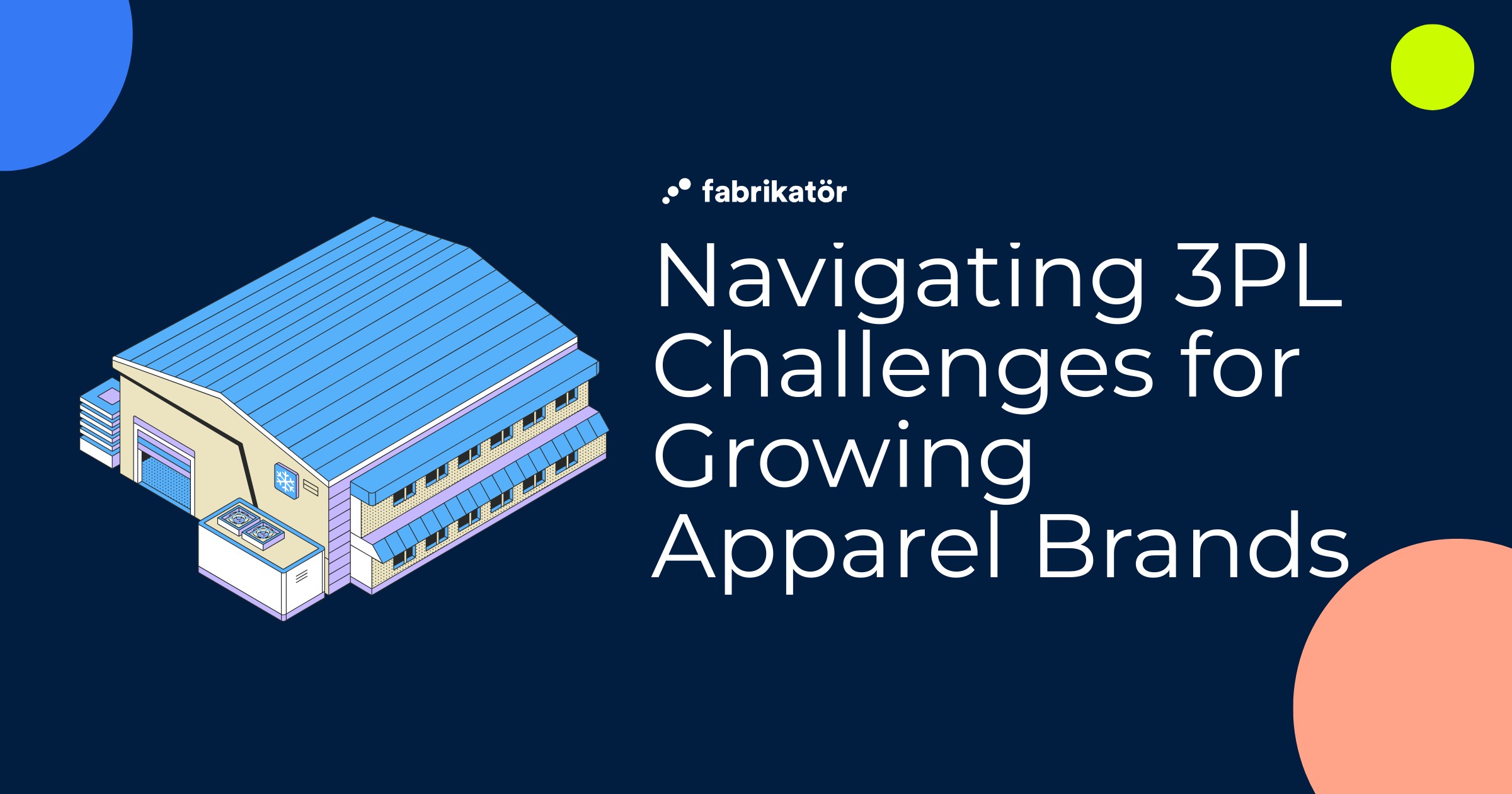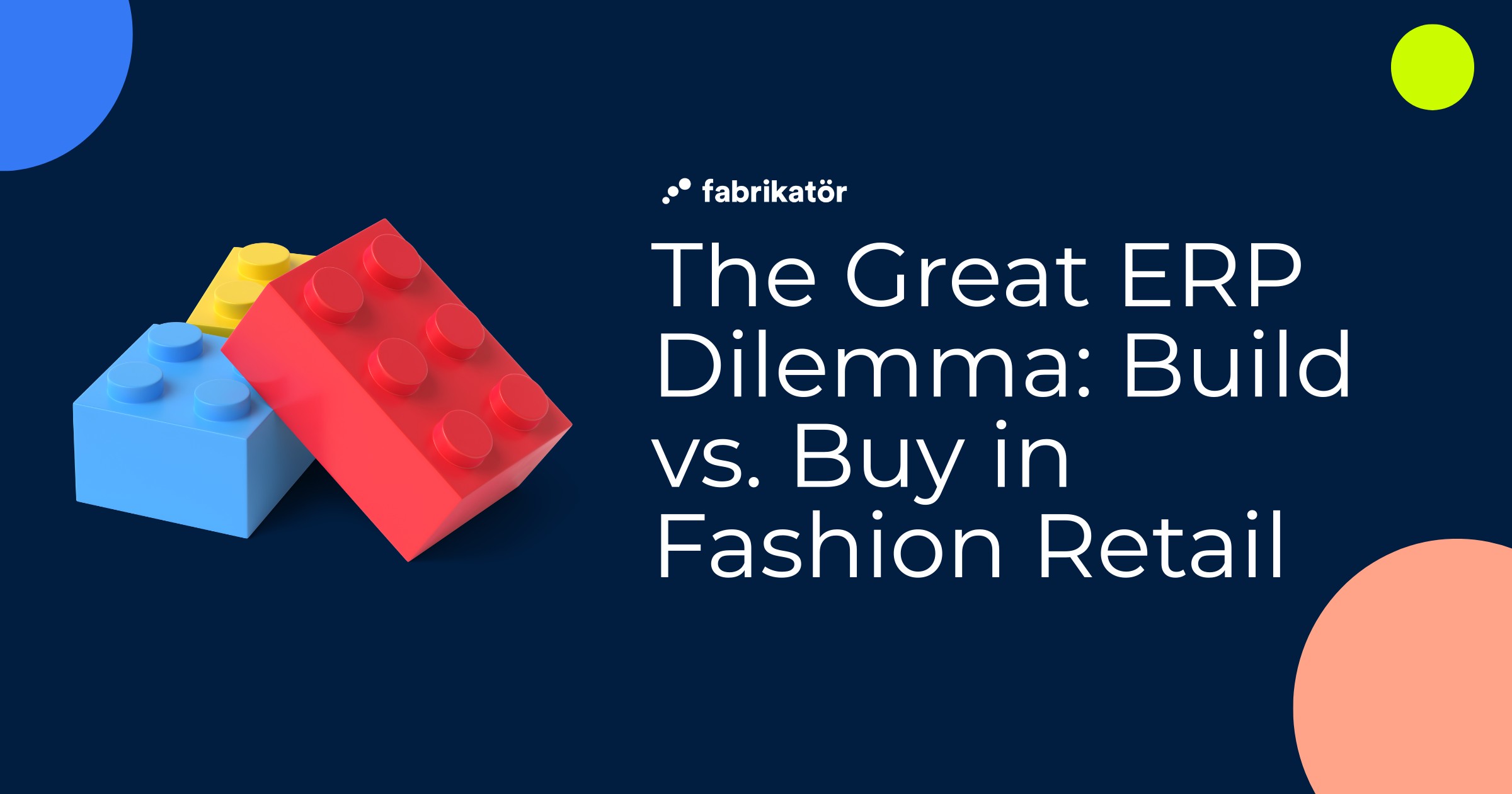5 Best Inventory Planner Alternatives To Choose in 2025

Imagine your growing Shopify store as a growing plant in a garden. 🌿 Just like a plant needs sunlight ☀️ nutrient-rich soil, and favorable watering conditions 💧 to flourish, a Shopify store requires an efficient inventory management app with effective features to thrive in the competitive eCommerce landscape.
Finding the right tool that meets your business needs can be challenging when even one of the most well-known apps in the industry has limitations. In this case, we believe that all need to be evaluated correctly, and understanding how suitable they are for you is important.
That's why we'll delve into the challenges posed by Inventory Planner and explore alternative solutions that may be more suitable for your needs, offering a more comprehensive and user-friendly experience for Shopify users. ✨ But first, let's start by addressing the challenges in inventory planning and refreshing our memory about the key features we should look for in an inventory planning app.
Challenges of Inventory Planning for Shopify Stores
According to Investopedia, inventory management refers to ordering, storing, using, and selling a company's inventory. 📦 This includes the management of raw materials, components, and finished products, as well as warehousing and processing of such items. Dealing with inventory management, especially for a growing Shopify store, brings its own set of challenges. Let’s identify the main challenges together.

Demand Variability
Changes in customer demand affect how much inventory you need and how you place orders. To handle this, you need suitable methods to predict demand and flexible ways to manage inventory so you don't run out of stock or have too much on hand. 📊 To handle this challenge, consider using an inventory planner app that supports both backorders and preorders. Backorders allow customers to purchase items that are temporarily out of stock, ensuring revenue and customer satisfaction. Preorders help to make plans or create strategies for future demand.
📌 For more detail, read How Does Backorder Work, Backorder Benefits for Your eCommerce Store, and How to Manage Backorder on Shopify & Best Practices.
Limited Tracking
Basic inventory tracking systems lack the sophistication needed for merchants with intricate operations, resulting in manual adjustments and an increased risk of mistakes. When the inventory tracking is not functional and doesn't cater well to merchants with complex workflows, this often leads to manual adjustments and more errors. 📉
Multichannel Selling
Managing inventory across multiple sales channels can be complex due to the need to sync inventory data and coordinate order fulfillment efficiently. It's important to have real-time data synchronization and streamlined order processing to handle this effectively. 🔄
Customer Satisfaction
Customer satisfaction is always a challenge in inventory management because many stages of the process can influence it. Meeting customer expectations regarding product availability, timely delivery, and order accuracy are vital components to satisfy customer needs. This challenge necessitates effective replenishment, forecasting, automated purchase orders, analytics, and clear communication channels to ensure customer satisfaction and retention. 🤝
📌 For more detail, you can read Inventory Management for Shopify 101.
📌Are you feeling the pain of not having these and similar features even now? Why not start a free trial for the Fabrikatör Inventory Management Tool?
Now that we refreshed our memories with general inventory management challenges, let's shift our focus to the specific challenges of Inventory Planner and explore alternative solutions. But why not start with a definition of Inventory Planner?
What does Inventory Planner Shopify Software do?
Inventory Planner by Sage is inventory planning and forecasting software for eCommerce and multichannel retailers. This software helps brands predict future sales and decide how much inventory to purchase to meet customer demand. It integrates with popular sales channels like Shopify, Amazon, and eBay, allowing businesses to make informed inventory purchasing decisions and avoid stockouts or overstock situations. Well, but why are we looking for alternatives? To understand this, let's look at some customer reviews together.



… and there are more. You can visit Shopify to read other comments. Let's summarize the limitations/challenges of Inventory Planner.
Why do Shopify Merchants Need an Inventory Planner Alternative?
While Inventory Planner provides some inventory management functionalities, it may be disadvantageous in several areas that are essential for Shopify store owners:
Complex Structure of Inventory Planner 🤯
The complexity of Inventory Planner's platform can be overwhelming for growing Shopify businesses. As the Inventory Planner’s Shopify comment section shows, complexity may lead to confusion and inefficiencies in managing inventory effectively, slowing business growth. Therefore, it's essential for businesses to carefully assess their needs and resources before committing to such a comprehensive tool.
Inventory Planner Pricing 💸
For growing Shopify businesses, the cost of Inventory Planner can be a significant challenge. It starts at $249.99 per month, and this amounts to an annual cost of approximately $3000, which is a significant investment for a growing eCommerce store, especially considering the complexity of the app's interface. The platform's pricing structure, along with potential additional costs for integrations, may strain budgets, especially considering the need for additional support.
Limited Customer Support👨💻
As a Shopify business grows, the need for reliable customer support becomes more apparent. However, Inventory Planner's customer support may not always meet the demands of a growing business. Slow response times or limited availability of support staff can lead to delays in resolving issues, which can impact operations and customer satisfaction negatively.
📌 In short, for growing Shopify businesses:
- Cost matters because you need to save money for other business needs, especially when your store is growing.
- Good customer support is crucial for solving problems fast and keeping customers satisfied.
- Simple inventory tools are easier to use and help you focus on growing your business instead of dealing with complex software.
Let’s look at the best Inventory Planner alternatives fully integrated with Shopify and can make managing inventory smoother as your Shopify store grows.
Exploring Inventory Planner Alternatives
%2520kopyas%25C4%25B1.webp)
To overcome the challenges posed by Inventory Planner, it's important to look into alternative inventory management solutions that are tailored for Shopify users. These alternatives are designed with user-friendly interfaces, budget-friendly pricing plans, reliable customer support, and advanced features.
Here are some of them fully integrated with Shopify👇
1. Fabrikatör, Inventory Assistant for Shopify
Customers’ favorite! This 5/5-rated app is a better alternative with its reasonable price, user-friendly interface, and reliable customer support. Fabrikatör simplifies your inventory management with accurate forecasting, automated purchase orders, and easy backorder & preorder management. It automatically syncs with your inventory data, and you can get a free demo session for onboarding.
With customizable reports and dashboards, Fabrikatör empowers data-driven decision-making. It seamlessly integrates with Klaviyo, ShipHero, and your Shopify store, enabling seamless operations. Plus, new features like multi-location support and freight planning make Fabrikatör the ultimate solution for efficient inventory management.
Fabrikatör has 3 different plans and pricing ranges from $99 to $350 per month. It is best for the Shopify businesses that are growing and have a wide range of products. Book a demo & we would like to give you more information.
📌 If you need a comprehensive comparison, we did it for you. You can read Compare: Fabrikatör and Inventory Planner.
2. Katana, Manufacturing Inventory App
Katana's Cloud Inventory Platform is a manufacturing-focused real-time inventory app. It uses insights to eliminate out-of-stock and overstock, ensuring supply and demand alignment with a manufacturing perspective. With centralized inventory management features, including precise material requirements-based purchase orders, restock points, and multi-channel sales monitoring, Katana empowers businesses to master stock management.
Additionally, it streamlines manufacturing processes with production planning, resource allocation, and scheduling capabilities. Integration with accounting software like QuickBooks Online and Xero further enhances financial management efficiency. Katana, which has a rating of 4,2, offers four different plans with prices ranging from $199 to $1999 per month. For more information, visit the Shopify App Store.
3. Back in Stock | Restock: Krtbite
Krtibite is a 5/5-rated Shopify app, that specializes in restocking and replenishment, offering a comprehensive solution for recovering lost sales. With features like Restock Alerts and Out of Stock Waitlist, it ensures that customers are promptly notified when items are back in stock.
Price Drop Alerts further enhance customer engagement by informing them of discounts. Additionally, Krtibite facilitates the growth of your mailing list by automatically syncing with customer information for email marketing. Customizable notification templates add a personalized touch to your communications. Prices range from $5 to $19 per month, with a free plan available as well. It is ideal for Shopify stores with few products and newcomers to sales. For more information, visit the Shopify App Store.
4. StockSync
Stock Sync is a Shopify app designed to streamline inventory syncing and management for merchants. It focuses on efficiently synchronizing stock levels across multiple channels and provides features such as batch updating, scheduled syncs, and real-time inventory tracking. The app aims to help businesses avoid overselling and stockouts by ensuring accurate stock information across various platforms. Prices range from $5 to $25 per month. It would be beneficial to note that, even price looks pretty reasonable, there might be additional costs for updates & improvements. Learn more now.
5. Notify! Back in Stock | PreOrder
This Shopify app is a restock, or replenishment, tool designed to help merchants manage their inventory effectively. You can integrate "Notify me" or “PreOrder” widgets across product, home, and collection pages and receive automated notifications via email, text, or push notifications.
You can also customize settings according to your needs, benefit from AI suggestions and gain valuable insights with lost sales reports and reminders. Notify offers preorders with discounts, notes, and partial payments with automated restock alerts and seamless integration with any theme. It’s ideal for Shopify stores just starting out and those with a smaller product range. This app offers pricing ranging from $19.90 to $69.90 per month, with a free version available for beginners. Learn more now.
What is the best alternative overall? It’s Fabrikatör! 🎉 You can now try it for free.
Fabrikatör: The Best Inventory Planner for Your Shopify Store
If you're looking for a full-force inventory planning solution that gives you value for your money, integrates seamlessly with Shopify, has reliable customer support you can always reach, and is user-friendly, Fabrikatör is the solution for you. 🚀

With Fabrikatör, managing Shopify inventory is easy, beneficial, and seamless! You can:
🔹 Fully integrate & automatize! Ensure your data is automatically updated with Fabrikatör’s seamless integration with Shopify.
🔹 Forecast Ahead! Precise demand forecasting with smart planning.
🔹 Master Purchase Order! Streamline PO creation - quick and hassle-free.
🔹 Replenish promptly! Reorder for ideal stock levels on time.
🔹 Accept Backorders! Keep your sales flowing, even when your stock is temporarily out-of-stock.
🔹 Use Analytics! Reach deep insights into your inventory & sales.
🔹 Manage Freight Planning! Optimize your shipping strategy & cut unnecessary costs.
and so much more!
🦸 Whether managing a small boutique, growing, or a large Shopify business, Fabrikatör offers the scalability, flexibility, and reliability you need to streamline your inventory management processes and drive business growth. Say goodbye to inventory management challenges and elevate your Shopify store's performance with Fabrikatör today! 🌟 Book a free demo now!










